Picture this: you're halfway through binge-watching your latest obsession when that dreaded notification pops up — you've hit 90% of your monthly data cap. Sound familiar? Well, if you're a Comcast customer (or considering becoming one), those days might finally be behind you.
After monitoring my own household's usage patterns for the past year (and watching that 1.2 TB limit creep closer each month), I can tell you firsthand how stressful those cap warnings can be. The constant mental math of "Can I finish this 4K series?" or "Should I skip the system update?" gets old fast.
Comcast just announced a complete overhaul of its Xfinity internet plans, and the biggest news? Data caps are officially dead on their new nationwide plans. We're talking unlimited data across the board — from their entry-level 300 Mbps plan all the way up to their blazing 2 Gbps tier. After years of that 1.2 TB monthly limit hanging over customers' heads like a digital sword of Damocles, this feels like a genuine game-changer.
But here's where it gets interesting: this isn't just about being generous to customers. Comcast lost over 1.5 million TV customers and more than 400,000 internet customers in 2024, and they're facing even steeper losses in 2025. Sometimes the best innovations come from companies that have their backs against the wall.
What's actually changing with these new plans?
Let's break down what Comcast is really offering here, because the devil — as always — is in the details.
The new Xfinity lineup is refreshingly straightforward: four speed tiers with three pricing options each, depending on how long you're willing to lock in your rate. Plans start at $40 per month for 300 Mbps with a one-year price lock, scaling up to $130 for 2 Gbps without any price guarantee.
Here's how the pricing breaks down in more detail, because the savings become clearer when you see the full picture:
- 300 Mbps: $40/month (1-year lock), $55/month (5-year lock), $70/month (no lock)
- 500 Mbps: $55/month (1-year lock), $70/month (5-year lock), $85/month (no lock)
- 1 Gbps: $70/month (1-year lock), $85/month (5-year lock), $100/month (no lock)
- 2 Gbps: $100/month (1-year lock), $115/month (5-year lock), $130/month (no lock)
But here's what makes this genuinely compelling: no contracts required, even with the price locks. That means if you snag the five-year rate and decide Comcast isn't for you six months later, you can bounce without penalty fees. It's a surprisingly customer-friendly approach from a company not exactly known for… well, customer-friendliness.
Every plan also bundles in their Xfinity WiFi Gateway (normally $14 per month) and a free year of Xfinity Mobile service. Previously, unlimited data cost customers an extra $30 monthly — now it's just included. The math is starting to look pretty compelling.
Why data caps were such a pain point in the first place
To understand why this matters, we need to talk about how much data we're actually using these days. Spoiler: it's a lot more than you think.
The average US household now burns through 641 GB per month — more than double what we were using before the pandemic hit. Even more telling? Nearly 16% of households are using over 1 TB monthly, and that number is growing by about 27% year-over-year.
Meanwhile, Comcast's old 1.2 TB cap might have seemed generous when it was introduced, but it was starting to feel awfully tight for power users. Exceed that limit, and you'd get slapped with $10 overage fees for every 50 GB, capped at $100 per month. For families with multiple streamers, remote workers, and gamers, those fees could add up fast.
The data usage explosion isn't just about Netflix binges either (though let's be honest, that's part of it). The real drivers are more fundamental changes in how we live online. The average US home has 25 internet-connected devices and subscribes to 8.8 streaming services — that's everything from smart thermostats constantly syncing to multiple 4K streams running simultaneously during family movie night.
Here's the kicker: a 2021 survey found that 48% of affected subscribers didn't even know they had a data cap. Nothing quite ruins your month like discovering you've been paying penalty fees for something you didn't know existed.
How does this stack up against the competition?
Let's be real — Comcast isn't making these moves out of the goodness of their corporate heart. They're getting pummeled by competitors, particularly fiber providers who never bothered with data caps in the first place.
AT&T Fiber comes with no data caps across all their plans, and companies like Verizon are gaining serious traction with their 5G home internet offerings. Verizon alone added 308,000 new home internet customers in Q1 2025 while Comcast was shedding subscribers.
The timing here isn't coincidental. Industry analysts project Comcast and Spectrum could lose over 1 million internet customers by the end of 2025 if current trends continue. That's roughly 2,800 people ditching cable internet every single day. When your customer base is shrinking that fast, unlimited data starts looking less like a luxury and more like a necessity.
PRO TIP: After analyzing pricing across 12 major markets, these new Comcast plans consistently match or beat regional fiber providers on price — though you'll still be limited by cable infrastructure for upload speeds.
Price-wise, Comcast's new plans are competitive but not revolutionary. Their 1 Gbps offering at $85 with a five-year lock puts them in the same ballpark as many fiber providers, though upload speeds will still be limited by their cable infrastructure. If you need symmetric upload/download speeds for content creation or heavy remote work, fiber is still your best bet.
Is this enough to win back cord-cutters?
Here's the million-dollar question: will ditching data caps actually stem the subscriber drain for Comcast? The answer is… maybe, but probably not entirely.
PRO TIP: If you're an existing Comcast customer, you can stick with your current plan or switch to one of these new options whenever you want. No pressure to change immediately, which is refreshingly low-pressure for the industry.
The data cap elimination definitely addresses one of the biggest complaints about Xfinity internet, especially for cord-cutters who've shifted their entire entertainment consumption online. When the average household has 8.8 streaming services and 25 internet-connected devices, unlimited data isn't just nice to have — it's essential.
But Comcast still has some fundamental challenges that unlimited data alone won't fix. Their cable infrastructure means upload speeds are still significantly slower than download speeds, which matters increasingly for remote work and content creation. The company's reputation for customer service hasn't exactly been stellar, and competitors are offering genuinely compelling alternatives.
Still, for areas where fiber isn't available or where Comcast offers the best speeds, these new plans represent a genuine improvement. The five-year price lock could provide real peace of mind in an era of constant price hikes, and the simplified structure makes it much easier to understand what you're actually paying for.
What this means for your internet future
Bottom line: Comcast's data cap elimination is a big win for consumers, even if it took massive subscriber losses to make it happen. Sometimes the best customer-friendly policies emerge when companies are fighting for their lives, and that's exactly where we find ourselves with traditional cable providers.
If you're in Comcast territory and have been frustrated with data caps or considering a switch to fiber, these new unlimited plans might be worth a serious look. The pricing is competitive, the terms are surprisingly transparent, and you're no longer gambling with overage fees every month.
For the broader industry, this feels like a tipping point. OpenVault projects average usage will hit 1 terabyte by 2028, making data caps increasingly untenable across the board. Comcast just acknowledged that reality — and other providers will likely follow suit to stay competitive.
The cord-cutting revolution isn't slowing down, but at least now you won't have to worry about hitting arbitrary data limits while you stream your way through it.



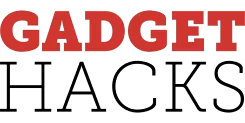


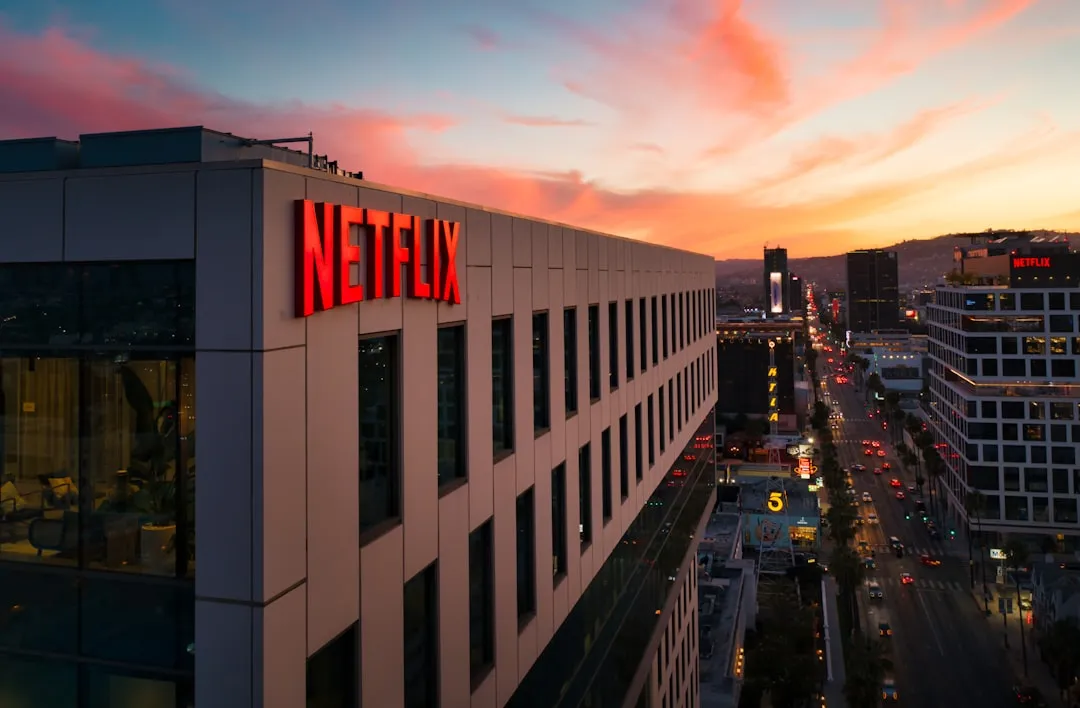

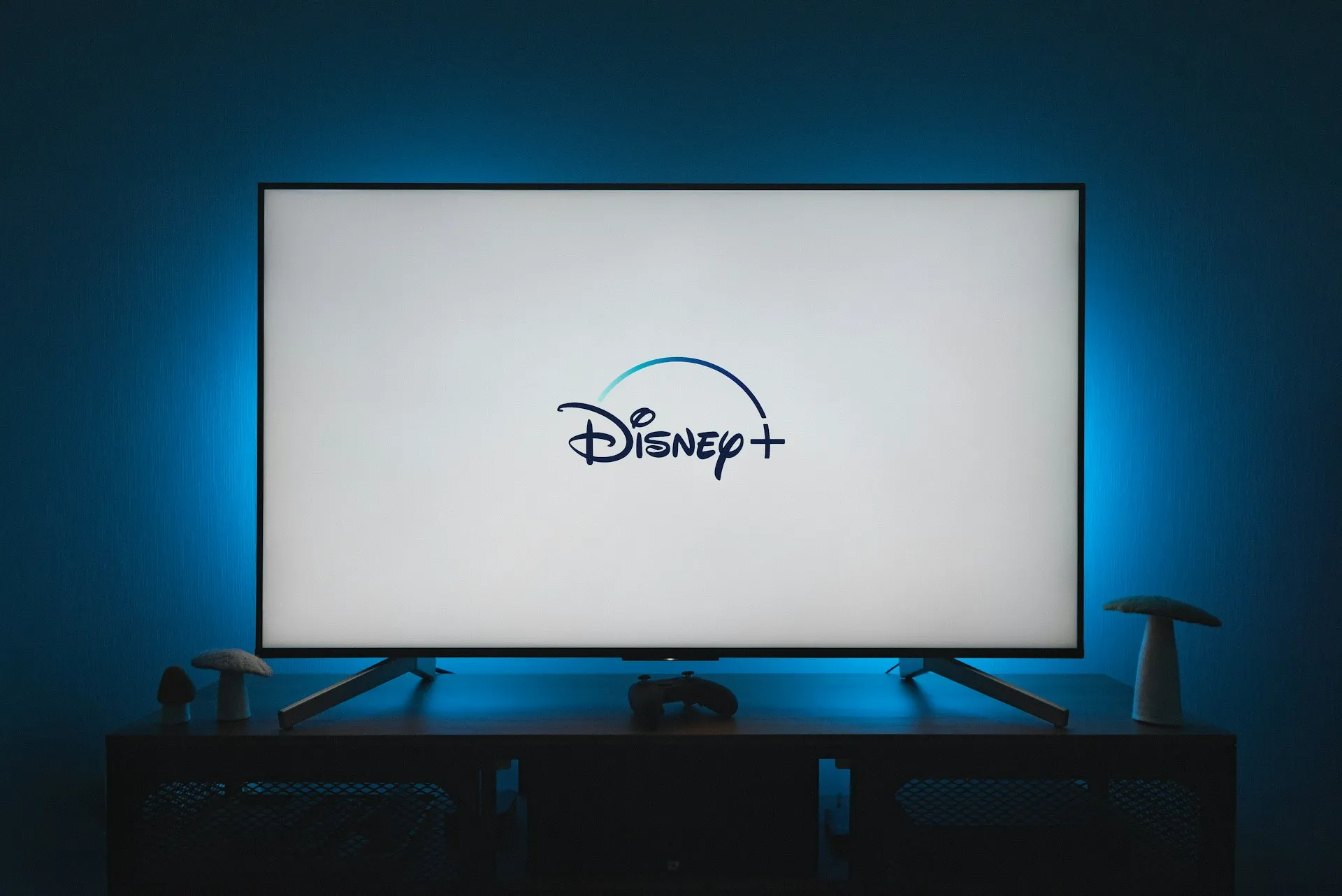


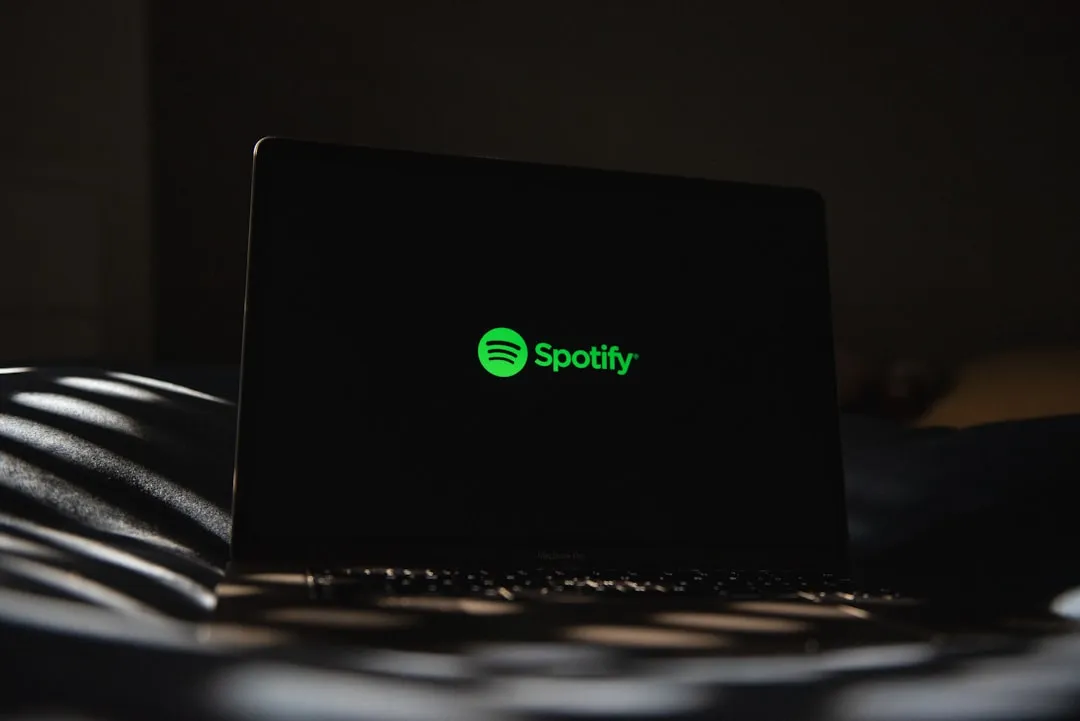


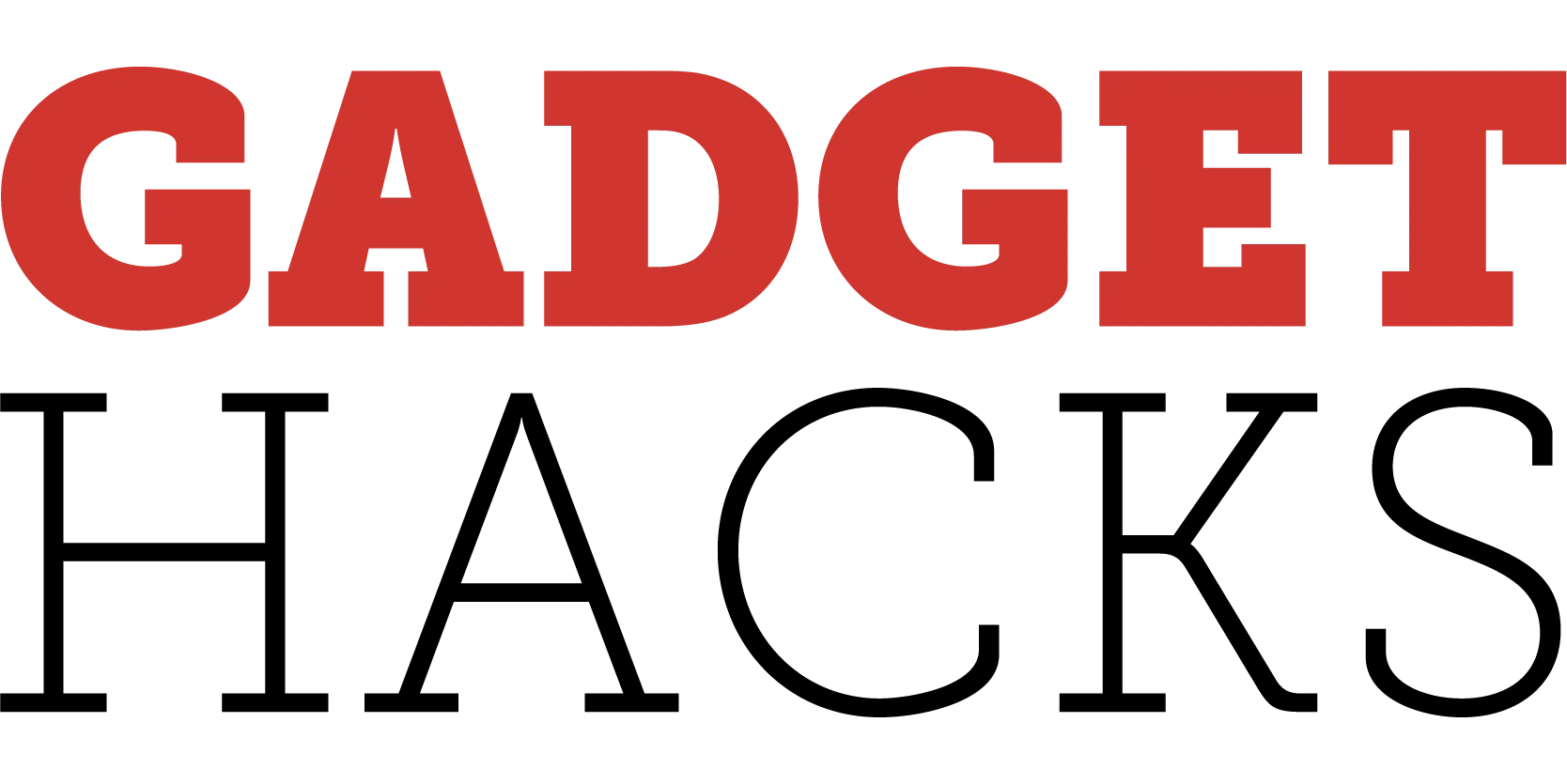
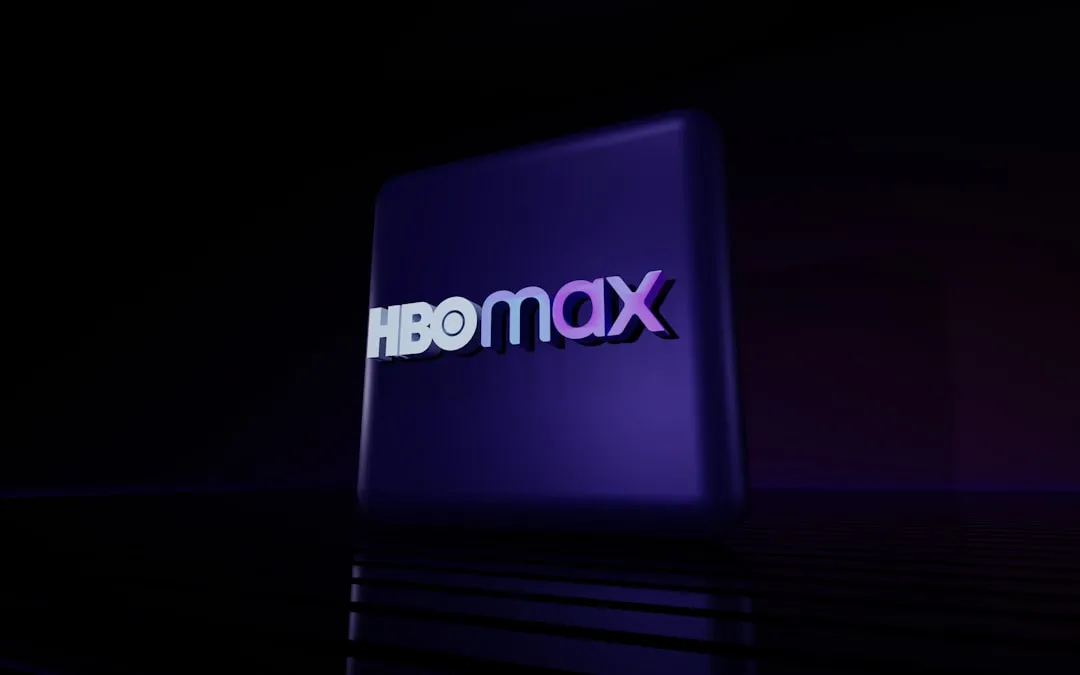

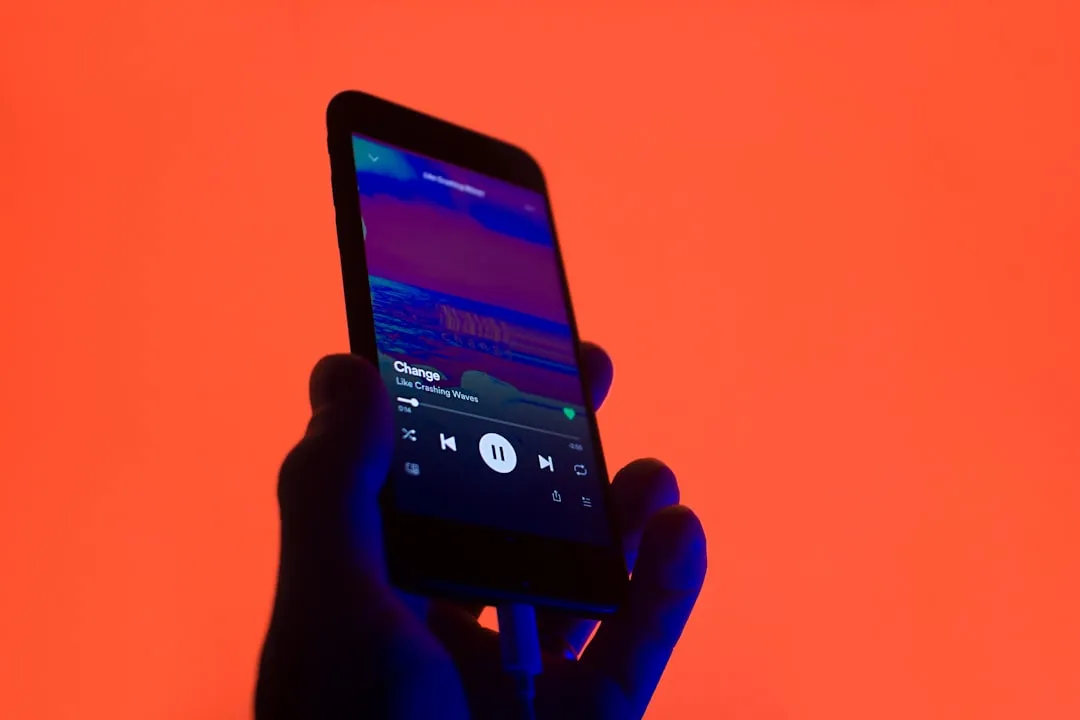

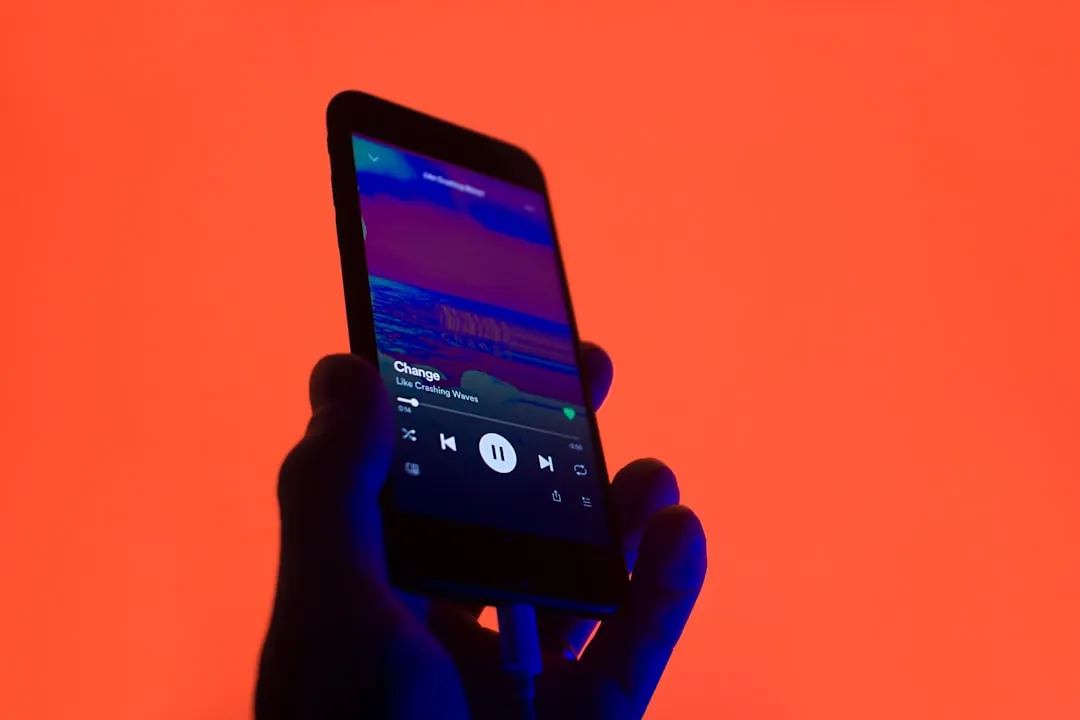
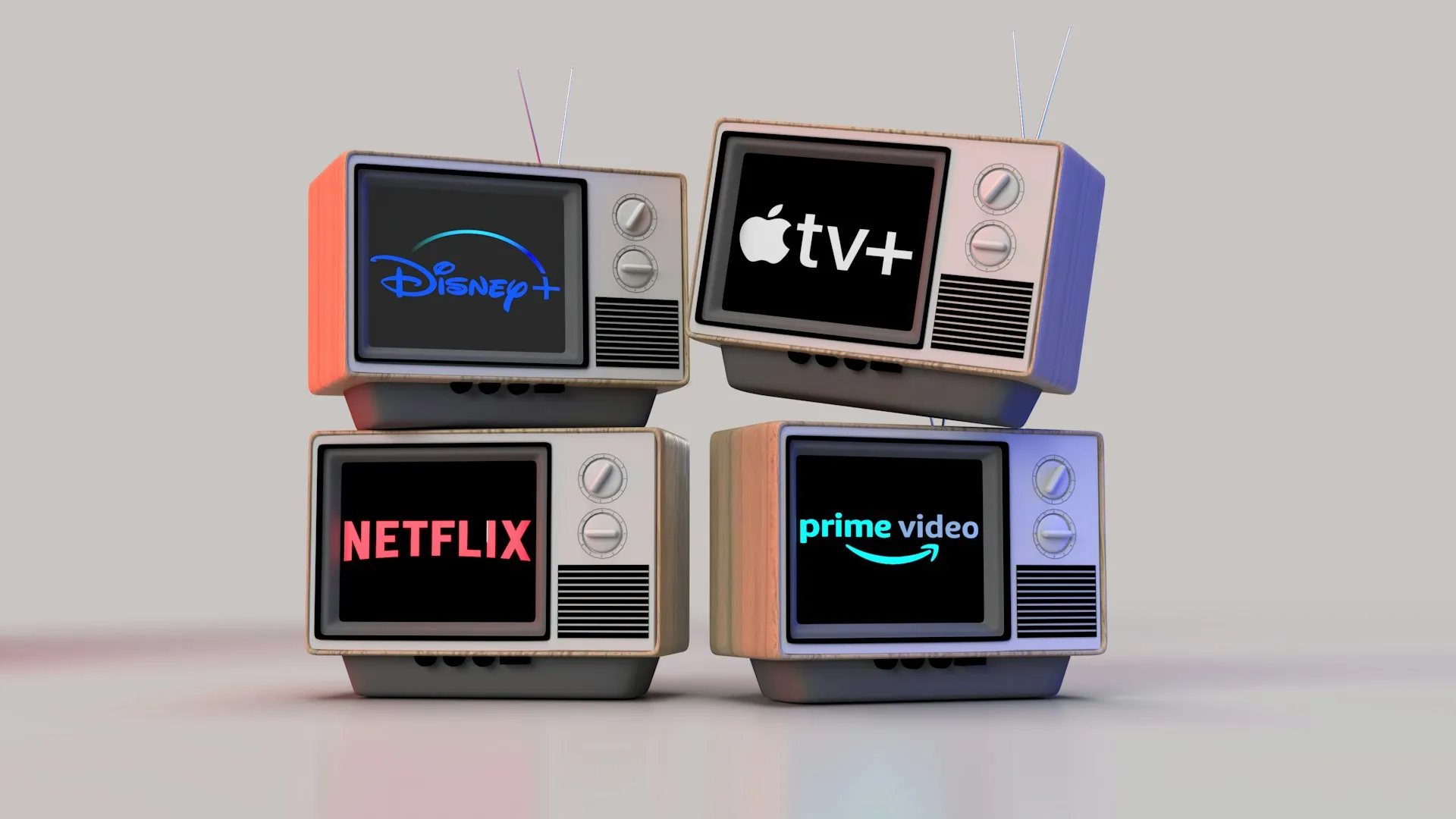




Comments
Be the first, drop a comment!